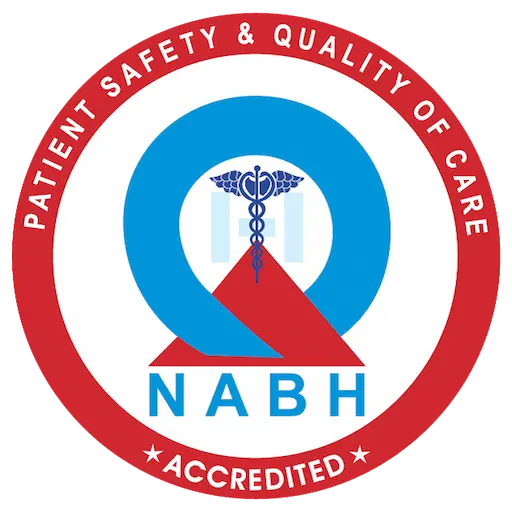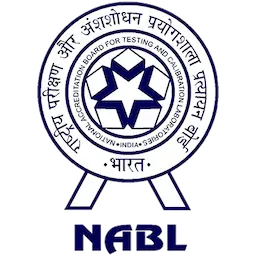The field of percutaneous valve replacement and repair has developed at a rapid pace, particularly in the last decade, and percutaneous treatment of valvular heart disease is one of the fastest evolving areas of cardiology.
Clinical strategies to advance and refine percutaneous catheter-based approaches to cardiac valve repair and replacement were initiated as early as the 1950s with the introduction of simple catheter devices for treating pulmonic stenosis. In the early 1980s, treatment of stenotic lesions matured with the advent of balloon valvuloplasty, which has become the predominant therapy for primary pulmonic and mitral stenosis lesions
Transcatheter Aortic Valve Replacement (TAVR)
Frontier lifeline hospital has been a pioneer in the treatment of Transcatheter Aortic Valve Replacement (TAVR). TAVR is an insignificantly obtrusive heart methodology to supplant a thickened aortic valve that can’t completely open (aortic valve stenosis). The aortic valve is situated between the left lower heart chamber (left ventricle) and the body’s fundamental vein (aorta). In the event that the valve doesn’t open accurately, blood stream from the heart to the body is diminished.
TAVR can assist with reestablishing blood stream and diminish the signs and side effects of aortic valve stenosis -, for example, chest torment, windedness, blacking out and weariness.
TAVR might be a possibility for individuals who are in danger of confusions from careful aortic valve substitution (open-heart medical procedure). The choice to treat aortic stenosis with TAVR is made after a conversation with a group of heart and heart medical procedure subject matter experts, who cooperate to decide the best therapy choice for you.
Transcatheter aortic valve substitution may likewise be called transcatheter aortic valve implantation (TAVI).
MitraClip
MitraClip is a cutting edge development for mitral valve patients. It is a gadget used to treat mitral valve spewing forth. This negligibly obtrusive, transcatheter approach empowers quicker recuperation and driving a superior quality life.
MitraClip is a gadget used to fix defective mitral valve – a condition called mitral disgorging. Mitraclip gadget is embedded and situated at the spilling part of the valve through transcatheter method. Not at all like a medical procedure, the MitraClip system doesn’t need opening the chest and briefly halting the heart.
All things being equal, specialists access the mitral valve with a meager cylinder (called a catheter) that is directed through a vein in your leg to arrive at your heart. The methodology is less intrusive than conventional open-heart medical procedure and patients are typically let out of the emergency clinic inside 2 to 3 days. Patients are known to encounter improvement in their side effects of mitral spewing forth and personal satisfaction not long after the strategy.
Transcatheter Mitral Valve Replacement (TMVR)
TMVR transcatheter mitral valve substitution is a treatment for mitral valve stenosis (tight mitral valve) or mitral valve disgorging (broken mitral valve) or a blend of the two. TMVR transcatheter mitral valve substitution has been laid out for treating recently worked patients who have fizzled bio prosthetic valve or ring. However, for the local mitral valve, it is done in chosen patients with appropriate life structures. Over the long haul TMVR will probably supplant mitral valve substitution open heart medical procedure in the future as the innovation improves and the results are demonstrated.
Transcatheter Pulmonary Valve Replacement (TPVR)
TPVR, otherwise called transcatheter pneumonic valve substitution is an approach to supplanting the aspiratory valve in the heart without the requirement for ordinary open-heart medical procedure.
Various patients with inherent coronary illness definitely disapprove of their aspiratory valve, either since birth, or after heart medical procedure. For some patients, a valve substitution might be suggested. Until the last ten years supplanting a defective pneumonic valve must be finished with open heart medical procedure.
Since all carefully embedded valves have a restricted life expectancy, patients confronted numerous medical procedures throughout the span of their life to supplant the aspiratory valve. The percutaneous, non-careful choice to supplant the aspiratory valve has reformed the consideration of these patients.
Transcatheter Tricuspid Valve Replacement
Transcatheter Tricuspid Valve Replacement is a catheter based negligibly obtrusive system to supplant the damaged tricuspid valve without the requirement for open heart medical procedure.
The tricuspid valve is situated between the heart’s right upper (chamber) and lower chamber (ventricle). Its job is to ensure blood streams the right way through the heart, from the right chamber down to the ventricle. The tricuspid valve has three handouts, or folds, that control blood stream and course. In certain individuals, this valve doesn’t work accurately, and they are said to have tricuspid valve illness.
The most well-known type of tricuspid valve infection is tricuspid stenosis, and that implies the valve pamphlets are solid and don’t open as far as possible. One more type of valve illness is tricuspid spewing forth – where the flyers that don’t close as far as possible and blood spills in reverse across the valve as opposed to streaming into the ventricle



